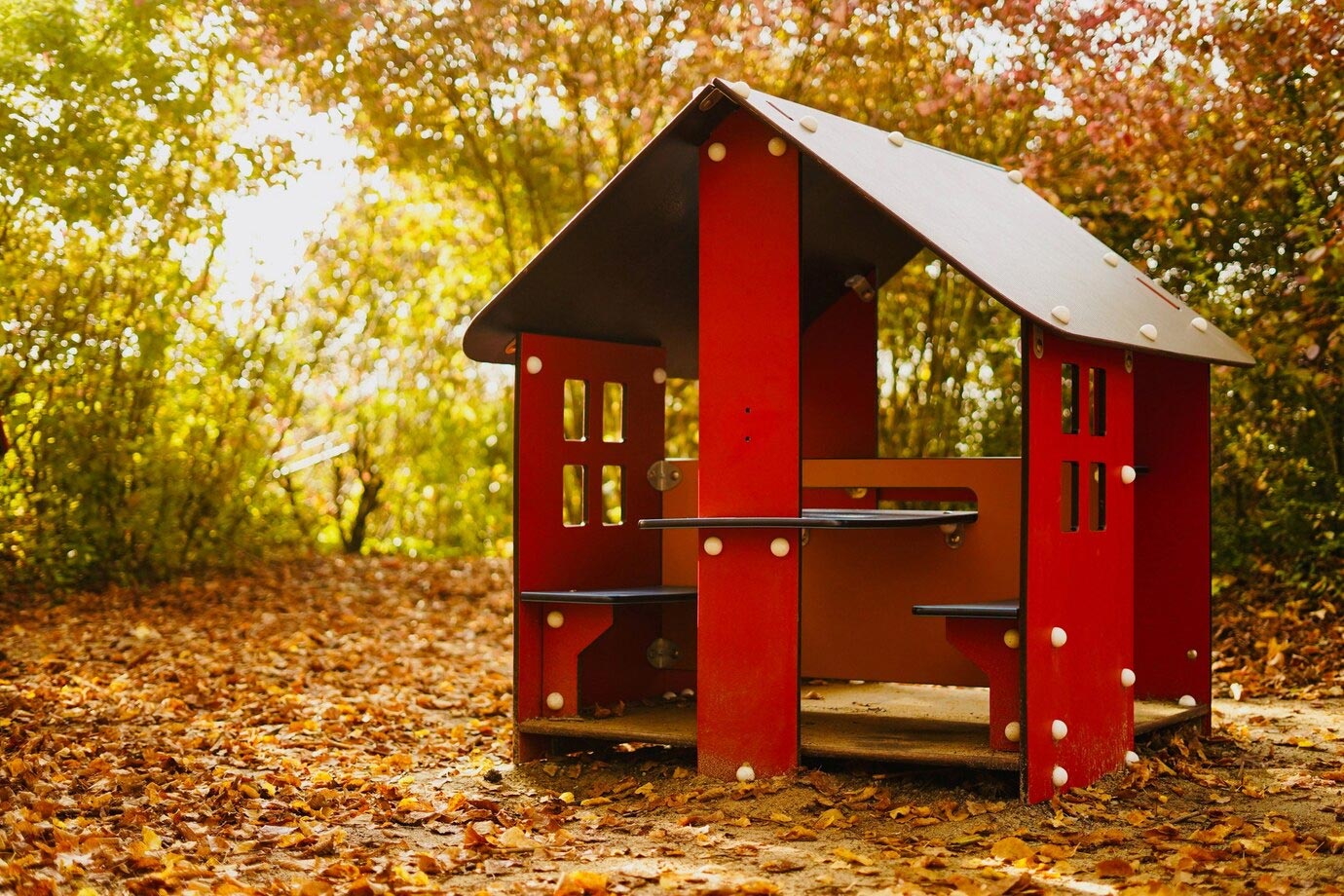When it comes to determining the ideal cabin size, several factors must be considered to ensure the space is both functional and comfortable. The concept of a ‘good size’ cabin can vary widely depending on its intended use, location, and the number of occupants. In this article, we will explore various aspects that influence cabin size, offering insights to help you decide the perfect dimensions for your retreat or living space.
### Purpose of the Cabin
The first consideration in choosing the right size for a cabin is its intended purpose. Are you building a cozy getaway for weekend escapes, a full-time residence, or a guest house? A small cabin, typically around 200 to 400 square feet, may be sufficient for those looking for a simple retreat for one or two people. However, if the cabin is meant to serve as a full-time residence, you might need something more substantial, ranging from 600 to 1,200 square feet or more, to accommodate living areas, a kitchen, bathroom, and multiple bedrooms.
### Number of Occupants
The number of people who will regularly stay in the cabin plays a crucial role in deciding its size. For individual use or couples, a smaller cabin can provide intimacy and coziness, which is often desired in such settings. Families or groups will likely require more space, not only for sleeping arrangements but also to ensure that the living and dining areas are comfortable for everyone. In such cases, a larger plan might be necessary, with additional considerations for bathroom and kitchen sizes to handle the increased use.
### Location and Environment
Where your cabin is located can also impact the ideal size. In colder regions, a smaller cabin can be easier to heat and maintain. Conversely, in warmer climates, a larger design with ample windows and possibly screened-in porches can provide relief from the heat while still allowing enjoyment of the surroundings. Additionally, local building codes and zoning regulations may dictate the maximum or minimum size for a cabin, so it’s essential to check with local authorities before finalizing plans.
### Multi-Functionality and Flexibility
Modern cabin designs often emphasize multi-functionality, where spaces serve multiple purposes. For example, a fold-out couch in the living room can double as a guest bed, or a dining table can convert into a workspace. This approach allows for a smaller overall footprint while still providing all necessary amenities. When planning your cabin, consider furniture and designs that offer flexibility to make the most of the space you have.
### Storage Needs
Adequate storage is a critical component that can influence the size of a cabin. If you plan to spend extended periods at the cabin, or if it will be your primary residence, ensuring enough space for storage is essential. This might mean planning for a loft, basement, or clever built-in storage solutions within the cabin’s layout. Keeping the cabin clutter-free and organized helps maintain a sense of spaciousness and order, which is particularly important in smaller spaces.
### Aesthetic and Personal Preference
Ultimately, the ‘right’ size for a cabin also comes down to personal preference and aesthetic desires. Some people might prefer the minimalist approach of a tiny cabin, finding it more in tune with a rustic, simple lifestyle close to nature. Others may find a larger cabin more in line with their idea of comfort and luxury in a wilderness setting. Your personal preference will guide much of the decision-making process, influenced by how you envision using the space.
### Conclusion
Deciding on the perfect cabin size involves balancing functional needs with personal desires. While there are practical considerations like the number of occupants and local climate, ultimately, the decision often reflects personal lifestyle choices and how you want to engage with your surroundings. By carefully considering these factors, you can determine the ideal size for your cabin that meets all your needs while providing a comfortable, enjoyable space for years to come.



Leave a Reply